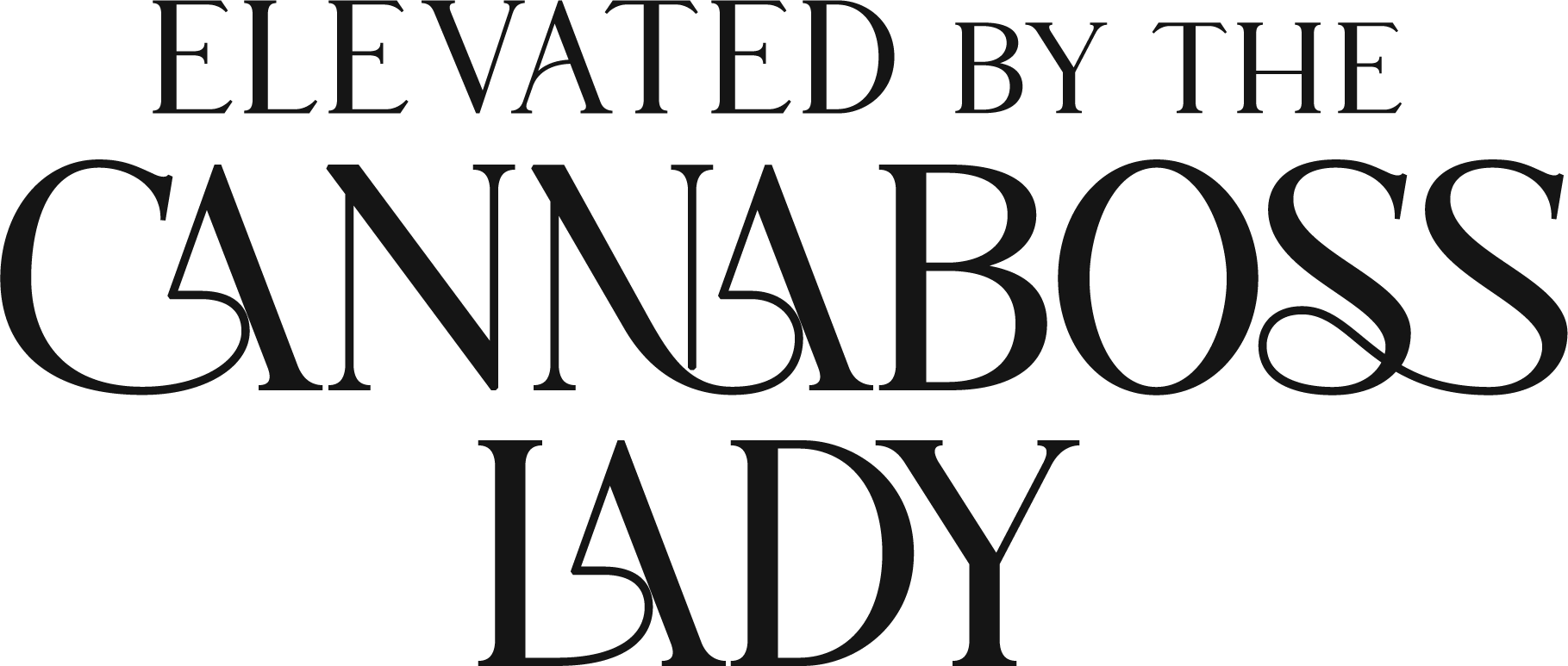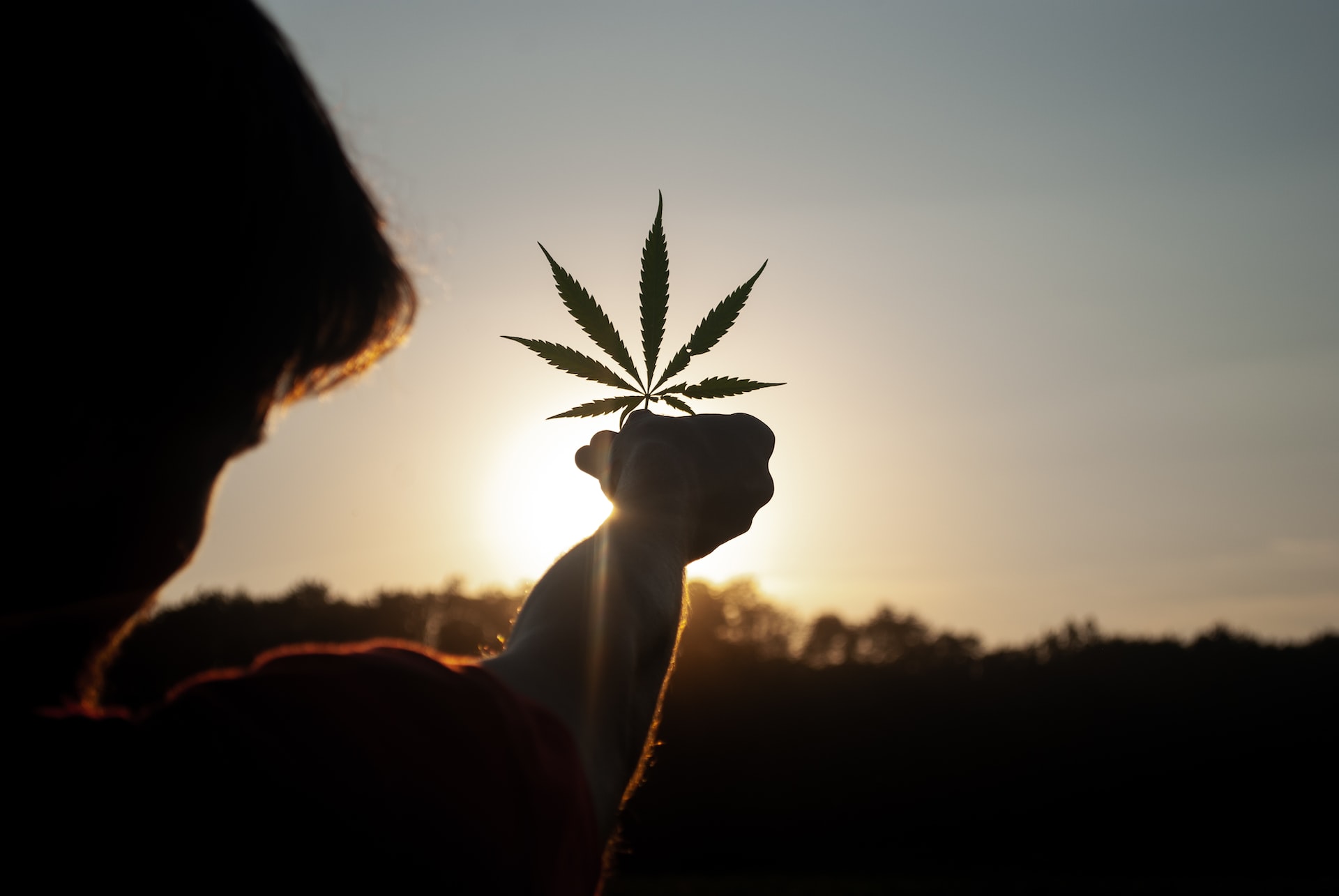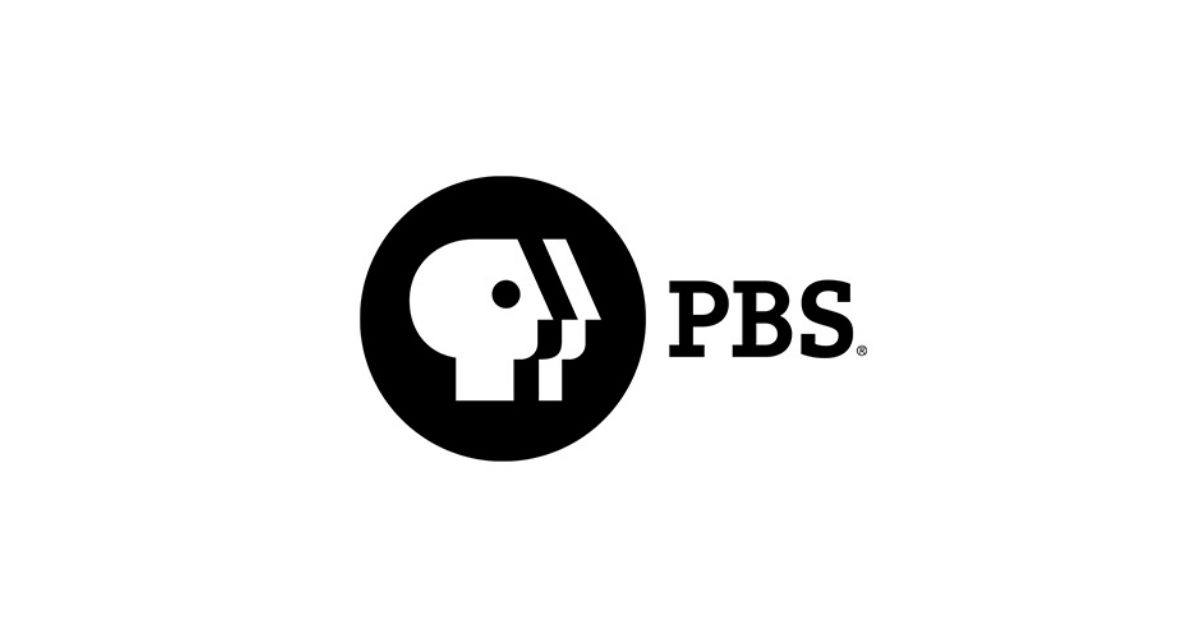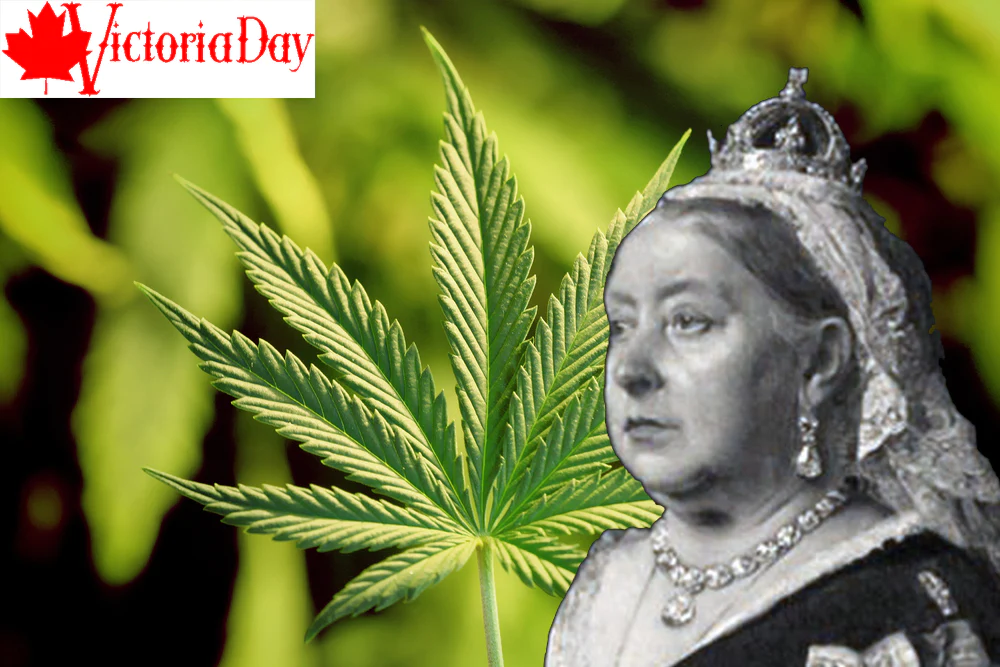The Many Environmental Benefits of Hemp
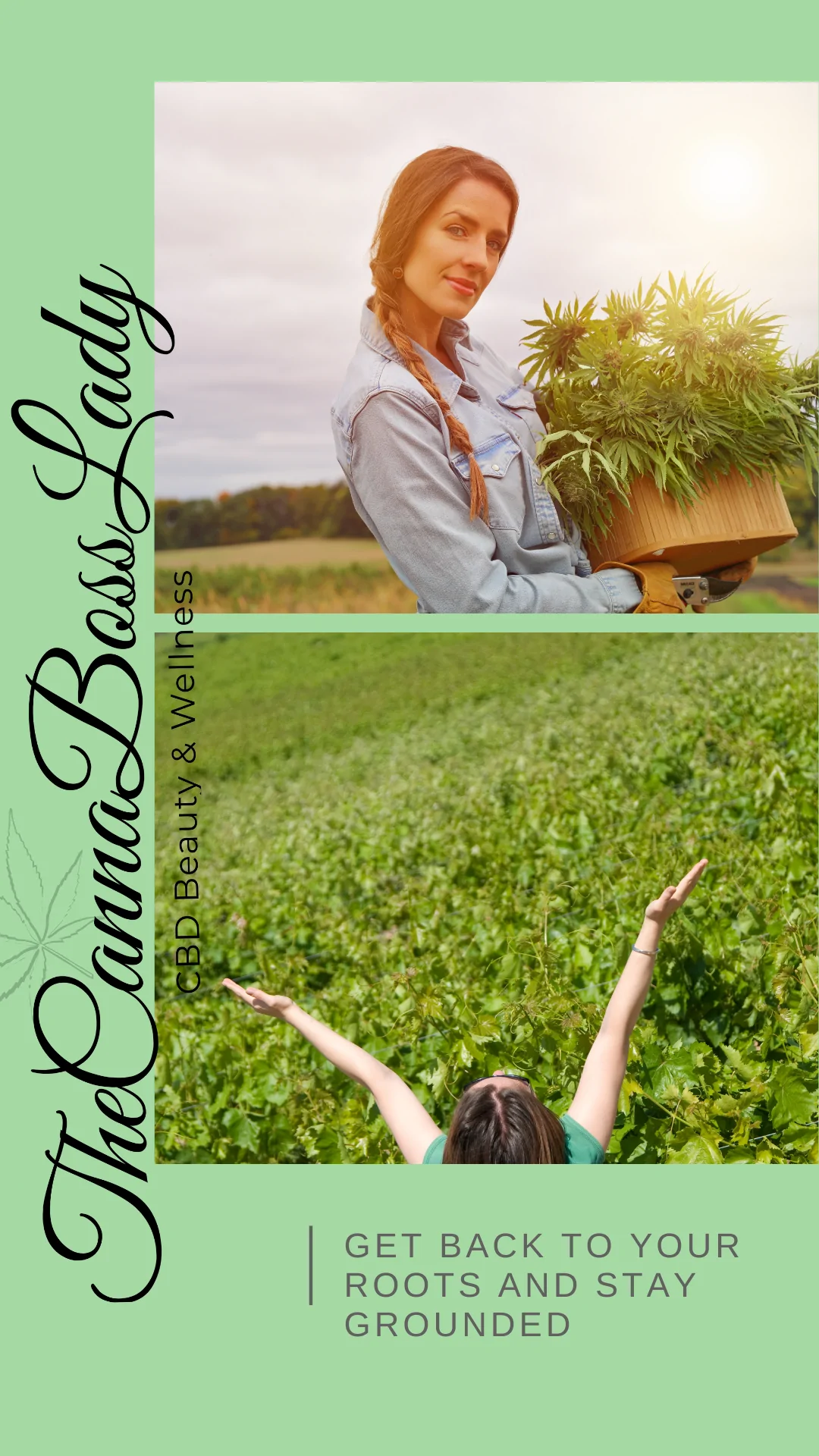
Hemp and marijuana both belong to the cannabis species of plant. Notably, however, to be classified as hemp, cannabis, unlike marijuana, must contain under .3% THC. Given that low concentration, it simply cannot get you high. Notwithstanding this important distinction, however, hemp long has suffered greatly from guilt by association with cannabis. This is a bit of a historical anomaly since it not only has been farmed openly by man since 8000 BCE but, among other things, even bears the original of the Declaration of Independence!
People do seem to be coming around, albeit slowly, to a sensible approach, however, unlike marijuana, hemp is grown legally under federal law, and is legal under the laws of 46 states. While we certainly believe there are many benefits of THC when used responsibly, we focus here on the demonstrable benefits of the hemp plant. Most people have a very basic idea that hemp is good for the environment. Hemp, however, might just be a major pathway to a more sustainable and environmentally friendly future
Just how beneficial can hemp be for the environment? The answer, plainly stated, is very beneficial. Probably its most significant benefit lies in its potential to reduce global warming, the signs of which unfortunately are becoming more and more obvious. Acceptance should not be that difficult to achieve. Hemp already, according to Forbes research, is used in over 25,000 products globally. Building on this, however, hemp, an ecologically valuable plant, would be a great replacement for not only paper but also for carbon-based plastic, one of the greatest contributors to the damage to our ecosystems! Hemp can be combined with other plant sources to create other materials which can be used for everything from cups to car parts! It also is known, by area, to absorb more C02 (carbon dioxide) one of the most common greenhouse gasses responsible for climate change, than trees! Not only that, but hemp plants reach maturity much faster, shooting up to 13 feet in only 100 days. (High-Grade Hemp Seed)
What other good uses are there for hemp? Clothing, for one! Patagonia is just one example of a popular, well-known clothing label that uses hemp to manufacture clothing. Clothing made of hemp fiber is absorbent, lightweight, and is at least three times the strength of cotton! (Earth Easy). Hemp farming uses only half of the water that cotton does and an acre of hemp provides twice as much fiber as two to three acres of cotton. The seeds from the hemp plants also can be used for food, flour, and cooking oil. They are considered to be nut and are a good source of iron, vitamin E, manganese, b-vitamins, and zinc. They also contain all nine essential amino acids and are a great source of plant-based protein for vegetarians. Beyond this, hemp requires little use of pesticides and chemical compounds known for harming wildlife, damaging soil, and contaminating water. The potential for wider use and the resulting ecological benefit is tremendous.
Hemp still is not legal in all states because of the stigma surrounding marijuana, but luckily it seems like more and more people are waking up to the benefits. If we want our children to live on a healthy planet, we need to start listening to the science, which dictates that we should embrace hemp, with its demonstrated benefits for both the environment and our world economies.
How One Woman-Owned NJ Cannabis Shop is Leading the Wave After Legalization
Even with a legal marijuana law now on the books in New Jersey, it will be months, maybe even longer, before you see weed shops opening up in your town. Regulations need to be made by a five-member commission and licenses approved.
With the prospect of plenty of money to be made, there’s plenty of interest in the nascent industry. Some entrepreneurs have already dipped their toe in the water, selling hemp and CBD (cannabidiol) products. Correspondent Leah Mishkin takes us to The Canna Boss Lady in Maplewood, one of the first women-owned cannabis shops in the state.
Read the full story here.
Women and Weed Throughout History
Many may think that the history of cannabis is a subject dominated by men. Turning the pages of history, however, reveals that women have played a significant role in the celebration of this plant for all its uses – as a medicine, as a vehicle for creativity, and, in the form of hemp, as a powerful manufacturing resource.
One reason cannabis has been popular with women over the ages is because of they may have used it for menstrual cramps. It even is rumored that Queen Victoria, who ruled from 1879 to 1901, had a prescription for cannabis for this very condition. Although the history is hazy around this issue and widely debated, we do know that she suffered from debilitating cramps and that her personal physician, Sir J. Russell Reynolds was a strong advocate of cannabis. He wrote, “when pure and administered carefully, [cannabis] is one of the most valuable medicines we possess.”
Another queen who was an advocate of the plant, though for different reasons, was Queen Elizabeth I. She made it a law that every farmer who had more than 60 acres of land had to devote a portion of it to growing hemp or face an additional tax. The queen found hemp highly valuable, as it was used for making rope, sails, and other naval equipment, all of which was for her to stay in power as they were all crucial in maintaining military strength.
Two famous female writers who were advocates for the plant, and who surely appreciated it for its creative properties, were Louisa May Alcott and Maya Angelou. Alcott, famous for writing Little Women, also had several lesser-known stories that mentioned cannabis. In A Perilous Play, one of the characters consumes edibles. Of this experience, she wrote:
“A heavenly dreaminess comes over one, in which they move as if on air. Everything is calm and lovely to them: no pain, no care, no fear of anything, and while it lasts one feels like an angel half asleep.”
The story ends with the declaration, "Heaven bless hashish if its dreams end like this!"
Maya Angelou’s second memoir, which followed the famed I Know Why the Caged Bird Sings, was titled Gather Together in My Name. Angelou, who had suffered from a very traumatic childhood, recalls her first time smoking:
“From a natural stiffness, I melted into a grinning tolerance. Walking on the streets became a high adventure, eating my mother’s huge dinners as opulent entertainment, and playing with my son was side-cracking hilarity. For the first time, life amused me.”
These are just a few of the many women throughout history who celebrated cannabis. From recognizing it for its ability to build sails, rope, and other naval equipment to see it as a medicine for both physical and mental ailments, women have found cannabis highly useful and worthy of high regard.
